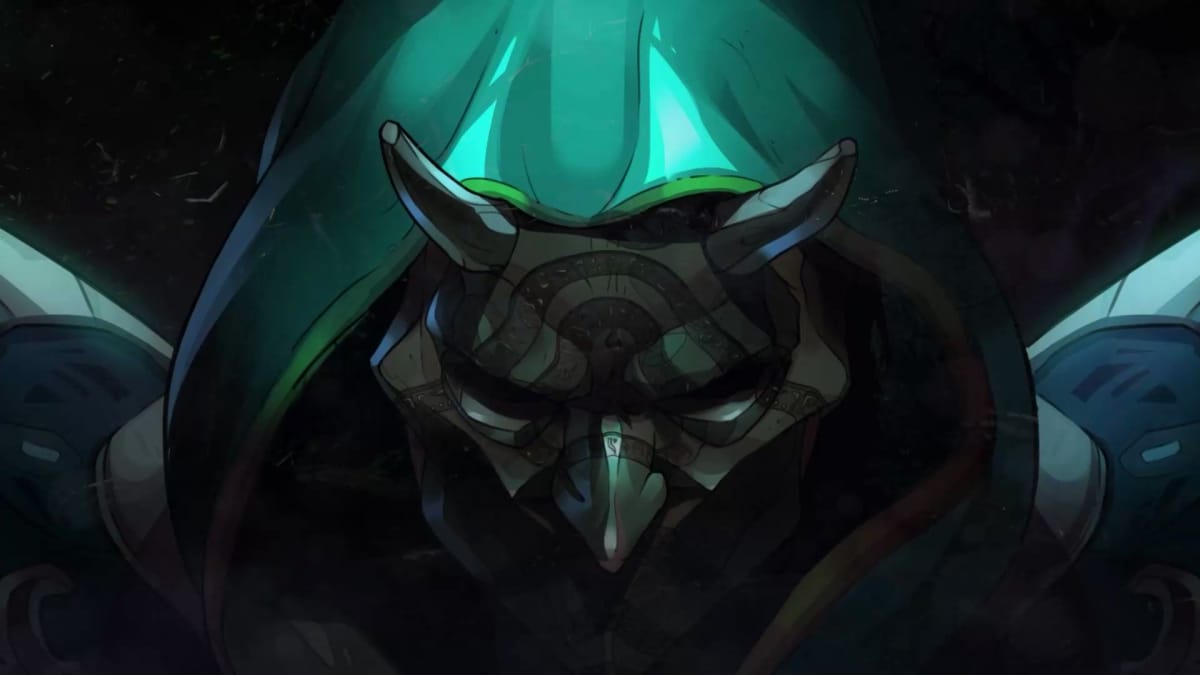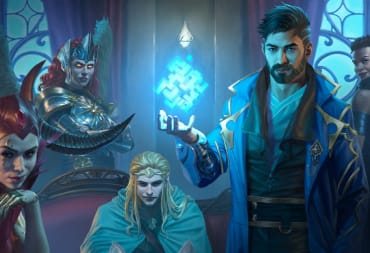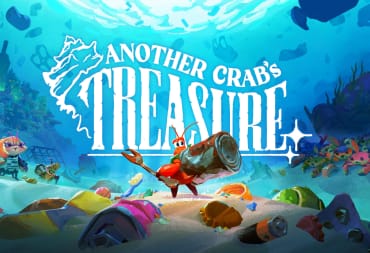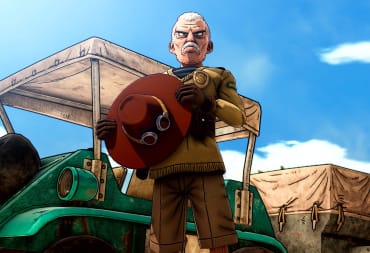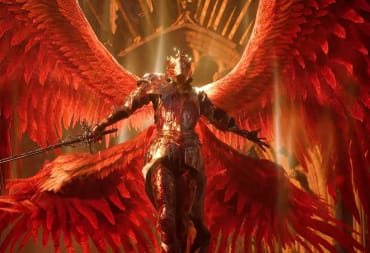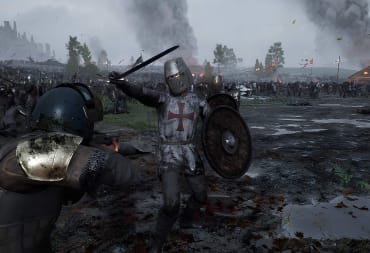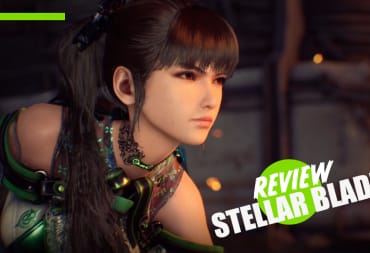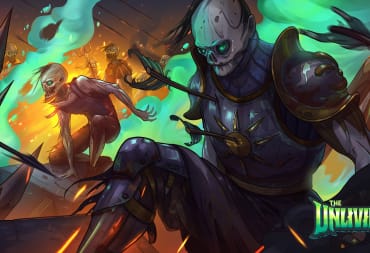As my Necromancer is torn apart by yet another tank-y enemy in The Unliving, the new Early Access rogue-lite by RocketBrush Studios, I can't help but weigh my options for what to do next.
On one hand, the options for dealing with the situation are limited. No matter how I positioned my units or approached the enemies stationed in the area, there was little chance of me making it out of the scuffle alive. The enemy was going to overpower me, and I had no other option but to smash up against them and hope for the best. It's frustrating, and more than a little bit galling considering I'm still in the earlier areas of the game.
And yet, on the other hand, there's an undeniable pull to keep diving into the game for another run. The thought that having the right makeup for the Necromancer's undead hoard, or that decking the Necromancer out with different abilities, might lead to a better outcome picks at the back of my mind. Plus, diving into another run means I'll get to see the hoard of undead in action for a little while longer; which, if we're being honest, is the reason I wanted to check out the game in the first place.
Such is the struggle of playing The Unliving in its Early Access build. While it's definitely not the most balanced or perfect experience in its unfinished state, developer RocketBrush Studios has definitely stumbled onto something special with their core gameplay concept and how they've chosen to implement it.
One might not know this given the initial set-up of the game though. Set in an unknown world, the game kicks off by placing the player in control of a figure known only as The Necromancer. Following the use of a spell aimed at carrying out some unholy ritual, this sorcerer of undead magic has lost almost all their memories and spells. Not only that, but the nearby townsfolk, beasts, and Church faithful have become hellbent on stopping him by any means necessary.
As such, the Necromancer has no choice but to regain their powers, amass an army of undead minions and complete the ritual they very nearly completed before everything hit the fan.
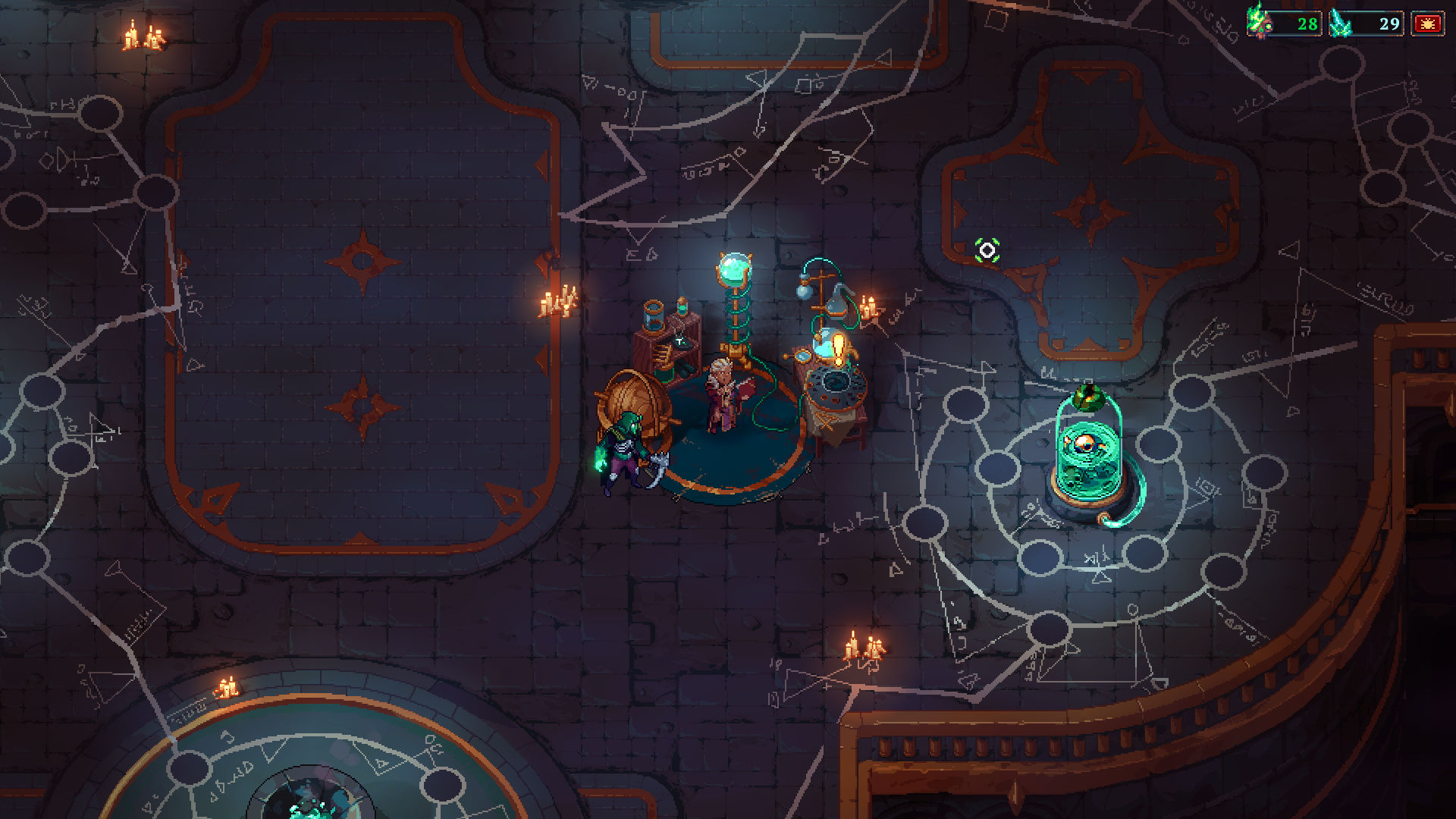
It's an interesting enough setup, but also one that can get lost in the deluge of darker, grittier rogue-lite storylines out there. One could just as easily mistake it for another title based on the premise alone and would miss out on one of the more creative titles out there.
This is thanks entirely to the gameplay of The Unliving, which is best described as the procedurally generated 2D version of Overlord people never knew they wanted. Instead of putting the focus entirely on the Necromancer and their fighting through waves of enemies, the game instead centers around amassing a small army one can control through simple clicks and button presses.
New units are gained by killing enemies and reanimating their corpses, with different types of corpses offering different abilities or uses. A Peasant corpse, for example, provides the player with a simple melee attacker which can be detonated for explosive damage once they're nearly dead. A Cleric corpse, meanwhile, can fire off ranged attacks or be sacrificed to heal every unit in its immediate vicinity. This is only if the player chooses to fully utilize each unit though. They can just as easily sick the entire group of units they control on their enemies, overwhelming them in a wave of undead carnage.
Getting to control a hoard of mindless minions and directing them toward an enemy force never loses its charm. Likewise, thanks to the different unit types available and the abilities the player's Necromancer can find, it ensures there are always more than a few ways for the player to rip their enemies to shreds.
Likewise, there's a plethora of ways for the player to buff up their Necromancer and outfit them with ways of assisting their hoard in its endeavors. Like most any other Rogue-lite, there is a slew of abilities for one to find and equip to their Necromancer. They could choose to enter the fold with the ability to summon explosive skeletons which seek out the nearest enemy units; or, they could choose a more direct spell that damages every living creature in a fixed area.
And honestly, this is exactly what I love most about the game. With each new run I started, there was always a sense of wonder over what awaited me. Would I get to find a plethora of larger units to reanimate and control? Or, would it be more limited, forcing me to utilize my Necromancer's abilities to their fullest until I could piece together a working army of corpses?
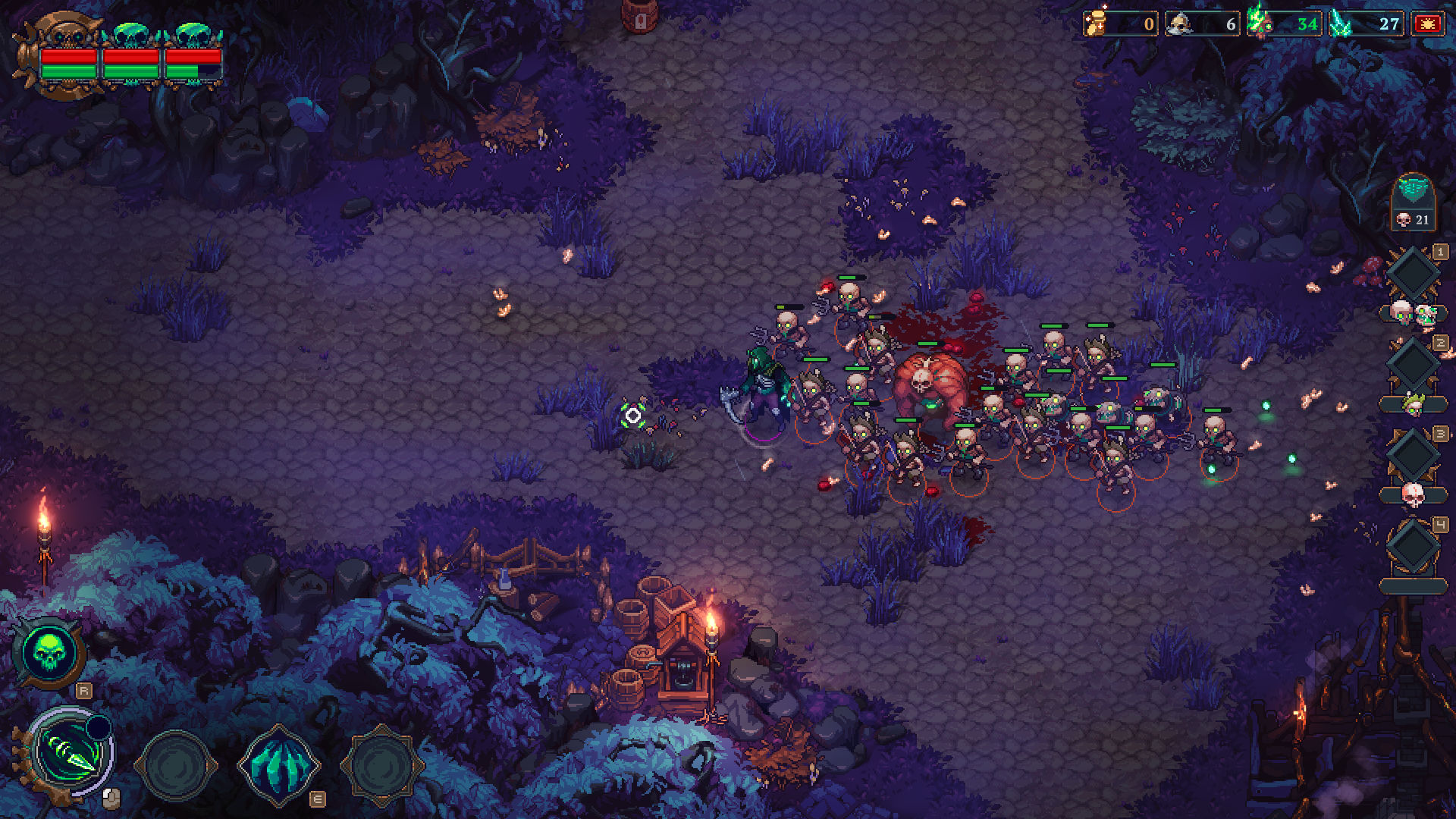
The only thing that got in the way of this enjoyment was the balancing of The Unliving in its current state. While most levels retained their feeling of being a playground for using one's undead hoard and abilities, there were always sections that felt like they were designed explicitly to halt the player's progress unless they had a certain amount of units, a certain ability, or both. Even then, having the requisite units or abilities would only take one so far. There might be a trap that the player couldn't have seen if they tried or an enemy they wouldn't be able to kill in time before it instantly killed the Necromancer with two or three attacks.
It was always so disheartening, and running into a decidedly overpowered enemy unit that could leap straight for my throat would quickly crush the sense of wonder and fun the rest of the game made me feel. And yet, every time I started up a new run, I couldn't help but be excited to experience the game's brighter points again with the hope that maybe this would be the run where I succeeded.
That, at its core, is the greatest strength of The Unliving: Even with its flaws, the game's brighter spots still shine through and make the wider experience worth going through.
It's safe to say that The Unliving is both the most interesting and the most frustrating rogue-lite I've played in quite a long time. Its key mechanic of controlling and manipulating an army of corpses is tons of fun when it works properly, and its rogue-lite elements could keep the game's world feeling fresh so long as some balancing is done in the months to come. I have full faith in RocketBrush Studio to build the game up toward its full potential though, and can't wait to see what the finished product shapes up into.
TechRaptor previewed The Unliving on PC using a copy provided by the publisher.
Previews you can trust: To ensure you're getting a fair, accurate, and informed review, our experienced team spends a significant amount of time on everything we preview. Read more about how we review games and products.
Have a tip, or want to point out something we missed? Leave a Comment or e-mail us at tips@techraptor.net
